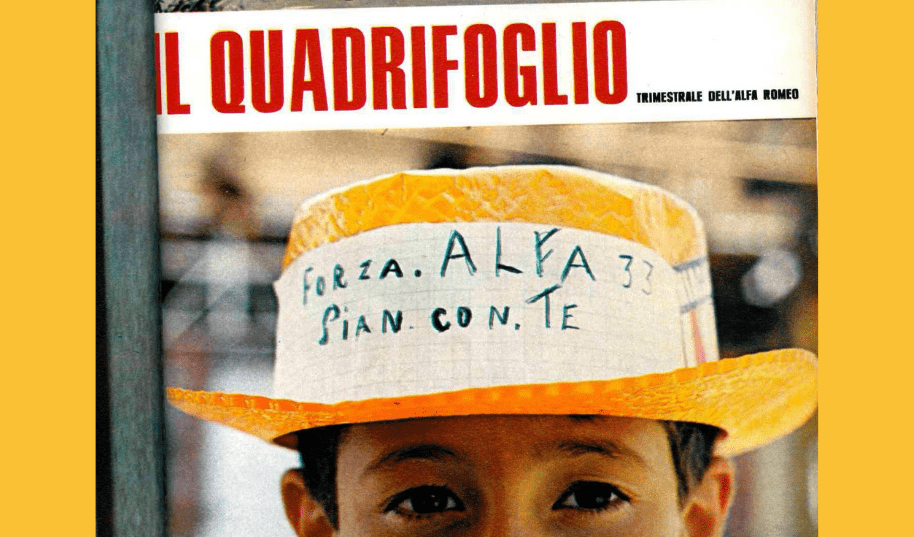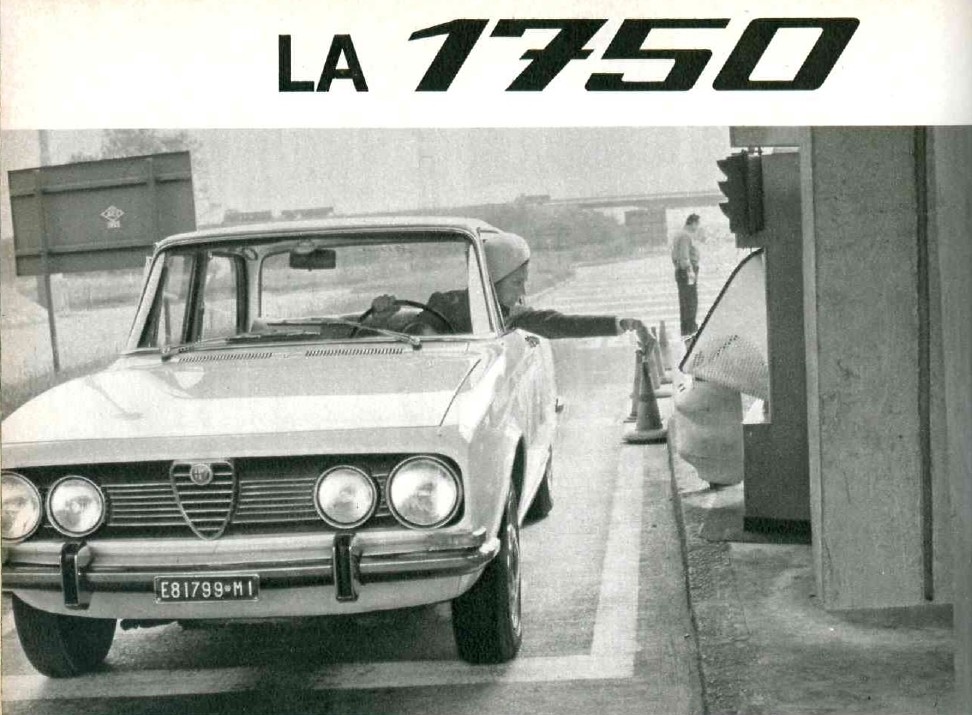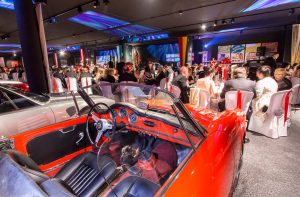
Il Quadrifoglio 1968
March 29, 2021
"The need for an easy and sympathetic means of contact, of continuous information, to make us feel close and to update all the alphysites directly, has become apparent to us."
Giuseppe Luraghi about the magazine "Il Quadrifoglio".
Ah, Sixty-Eight.
When the figures of a year become by metonymy the description of an entire era, it becomes impossible to talk about anything else without mentioning the political and cultural phenomena of the case.
In fact, '68 was the year of protests and mass movements of workers, students and intellectuals; it was the year of many things, including the formation of public opinion, sexual liberation, hippies and political contrasts that would give way to the terrible Years of Lead.
All this can be guessed from the pages and features of the quarterly magazine Il Quadrifoglio, even if the magazine spoke to Alfisti, entrepreneurs and their families: leafing through it must have been a pleasant activity far from the daily worries!

The only mention of politics, Bob Kennedy's book advertisement...
The magazine spoke to Alfisti about style, fashion and current affairs, but always with a light touch
CAR OF THE YEAR
The 4 quarterly issues of the Quadrifoglio this year are mainly dedicated to the newcomer in the Alfa Romeo house: the new 1750 in the saloon, fast GT and fast spider versions. The 1750, born in the Thirties, lends its name to these cars already in the Seventies: they are luxury vehicles designed for competent and demanding motorists.
A 1750 sedan cost 1 million 865 thousand lire: the Arese factory produced about 400 of them a day.

Alfa Romeo's newcomer, the new 1750...
The female gaze on the car is fundamental for us, we always repeat.
The 1750 is also described by the pen of one of the most important - and talented, and splendid, we love her - Italian journalists, Natalia Aspesi. Here is an excerpt of her article, which is still very topical:
"The automobile has always been a necessary accessory to my comfort, but not an important one: like a toaster or typewriter. Therefore I have had only small, unfast, inexpensive cars, which I have kept very badly, creaking, dented, untidy and dusty. I've always looked at the beautiful, powerful and precious machines as splendid luxury objects, to be admired without desire".
The article then concludes as follows:
"Imean, I don't have the 1750 yet, but it's completely seduced me."

Natalia Aspesi's article is a window on the female point of view of the time
CARS AND FASHION, CARS AND CINEMA
The red coupé 33 in Un bellissimo novembre, the Giulia in Banditi a Milano, Dustin Hoffman's Duetto in Il laureato: these are just some of the Alfa Romeos chosen by the world of cinema to accompany key moments in films that are now considered milestones in film history. Il Quadrifoglio gives an extensive review of them, before moving on to another subject capable of narrating the society of the time: fashion.
The shots taken aboard the 1750s show girls with 1970s-style make-up, white lace and optical print dresses, long hair and Yves Saint Laurent chemises.


THE MUNARI TROPHY
On page 34 of the July issue there is a trophy that we know well and that we can also admire today at the Museum: it is thetrophy designed by Bruno Munari for the prize-giving ceremony at the Museum of Science and Technology for the drivers who achieved success in 1968 with Alfa Romeo cars. The trophy, which we also exhibited at the Salone del Mobile in Milan, was described as follows by the designer:
"The most dynamic form is the sphere it has no base on which to rest and stop like the cube or pyramid the sphere has an unstable equilibrium each point on its surface can be the temporary base for a moment when it moves, when it runs away very fast it rotates in the ball bearings it moves in absolute space and takes the name Earth Moon Mars..."


CURIOSITY
The March issue of the Quadrifoglio of 1968 has on the back cover a tender and curious picture. In the trunk of the 1750 are photographed the three children winners of the Zecchino d'Oro song festival of that year. The names are not reported, but it's impossible not to recognize a very little Cristina D'Avena in the smart face of the girl with curls and the blue dress on the left!
"Ullallà, ullallà, ullallà this is the gnat's waltz..."




